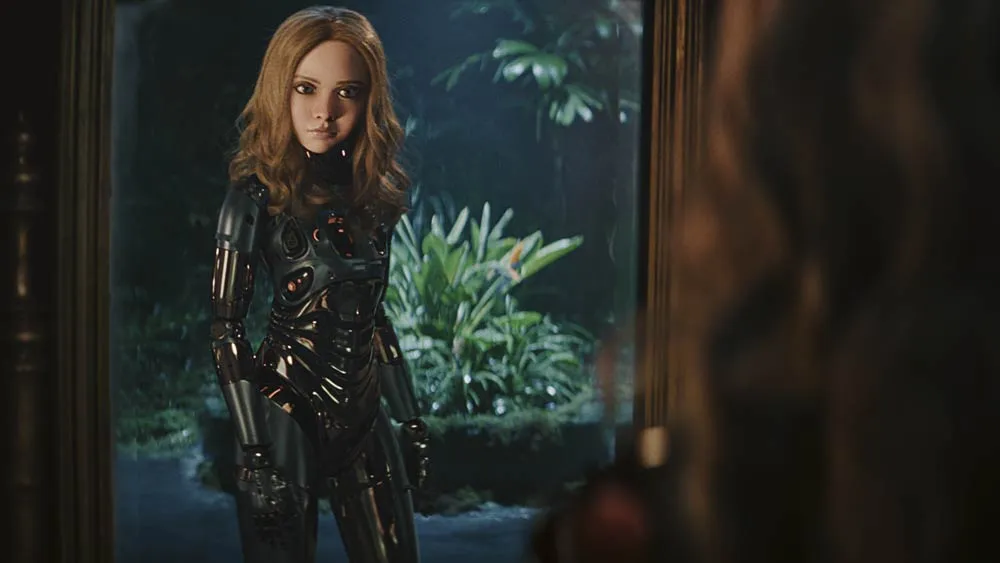August 27, 2016
Out There :: Bright Lights, Big Lilies
Roberto Friedman READ TIME: 3 MIN.
Novelist Tama Janowitz was the "it girl" of 1980s American popular fiction. Along with Bret Easton Ellis and Jay McInerney she was tabloid fodder, a "brat-pack lit" sensation, running with Andy Warhol and his crowd, seen at trendy art openings. By now she's published 10 books, but the only one of them Out There ever read was the one that made her name, "Slaves of New York." That novel of decadent urban life was made into a film by no less a blue-chip art-film team than Merchant /Ivory. Soon afterward she began her slow descent into the twilight of semi-obscurity.
This month she's published "Scream - A Memoir of Glamour and Dysfunction" (Dey St.), in which we learn what she got up to after leaving the big-city bright lights of NYC for the slower life of an upstate New York hamlet. It's an odd memoir, to be sure. For one thing, the overriding authorial tone is misanthropy. "Try as I might, for me, other human beings are a blend of pit vipers, chimpanzees, and ants, a virtually indistinguishable mass of killer shit-pickers, sniffing their fingers and raping." Tama, tell us how you really feel.
Members of Janowitz's inner circles, family and friends, aren't spared her gelid eye. "I don't know why Tolstoy said 'All happy families are alike.' First of all, he couldn't have spent much time with any family or he would have found out that there is no such thing as a happy family. I have met happy families, and after a few minutes one of them takes you off to one side to explain the real truth."
But to her credit, Janowitz doesn't let herself off the hook, either. "I was used to other people's anger. There are some people on this planet who irritate others. It wasn't intentional, but I was one of them." The net result is that reading this hilarious but unsettling memoir, you feel you're getting only one side of the story. We can only begin to imagine the effect Tama is having on the people she's describing. To be fair, she seems a real piece of work.
Water Music
Mad Enchantment - Claude Monet and the Painting of the Water Lilies by Ross King (Bloomsbury) is a new book dedicated to the great French artist who, in his 70s, embarked upon an ambitious and artistically radical mission: to render the world of colorful water lilies suspended in his pond in Giverny.
Monet was already a greatly revered figure in France, mostly associated with his paintings of rural landscapes and seascapes ("Rodin , seeing the ocean along the Brittany coast for the first time, exclaimed, 'Oh, how beautiful - it's a Monet!"). But the water lily paintings were something entirely new, not just for their color, scale and sensuality, but because they verged on total abstraction. King observes: "Landscape painting had been turned on its head. There was no firm mooring for the viewer, only a vertiginous gaze into what [critic Louis ] Gillet called 'a mirror without a frame' - a mirror that offered an inverted view of the world and the half-hidden depths beneath. The only solid forms left were the blurry clusters of water lilies with their bright pinpricks of color. No one had ever painted this way before." This book is an insightful look at the long gestation of these seminal works of modern art. Among other impediments to their realization was the advent of WWI. Giverny, with its idyllic gardens and watery tableaux, was not that far from the carnage and destruction of that conflagration's Western front.
Reports of Monet's failing health were greatly exaggerated. One critic wrote that the artist suffered from fatigue and neurasthenia. "Neurasthenia was a malady more usually associated with women, Jews, male weaklings, homosexuals, and the morally debauched." Sounds like our kind of party, where can we sign up?
There are pages of color plates, important in an art book, and an appendix indicating where you can see a water lily painting in museums around the world, including at the Metropolitan Museum of Art and MoMA. The Fine Arts Museums of San Francisco have one in their collection, a Nympheas from 1914-17. Reading Mad Enchantment made us want to see these canvases in their flowery flesh.







